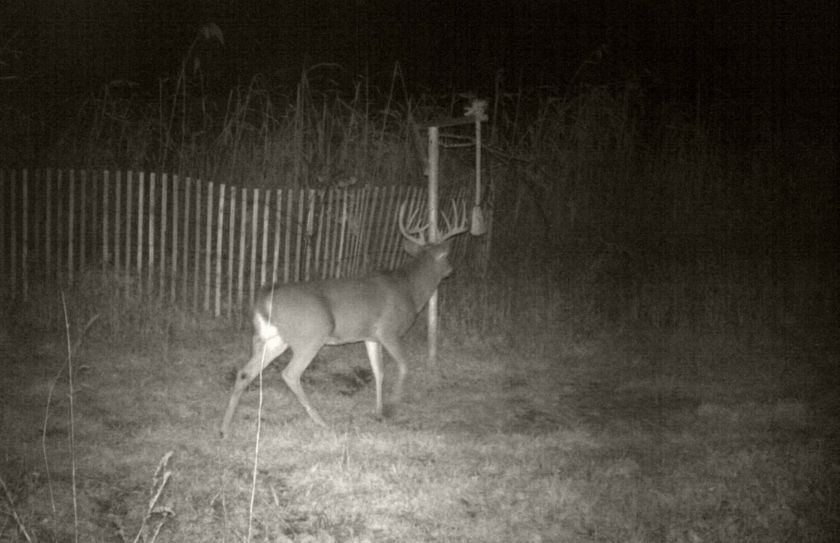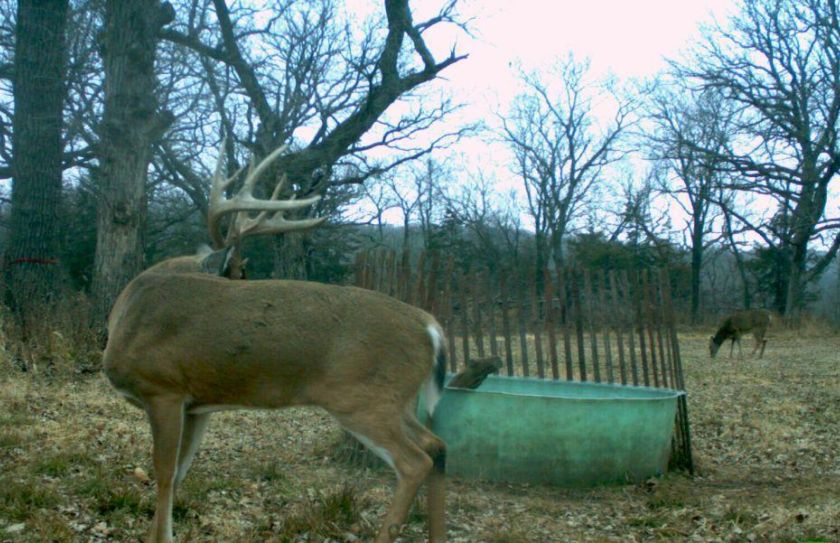While many are left to hinge their hopes of killing a nocturnal buck during the peak of the rut, some hunters consistently reap the rewards of experiencing the daylight movements of the oldest bucks in the neighborhood. If your goal is to kill nocturnal bucks every season during the daylight, there are 5 simple rules to hunt by.
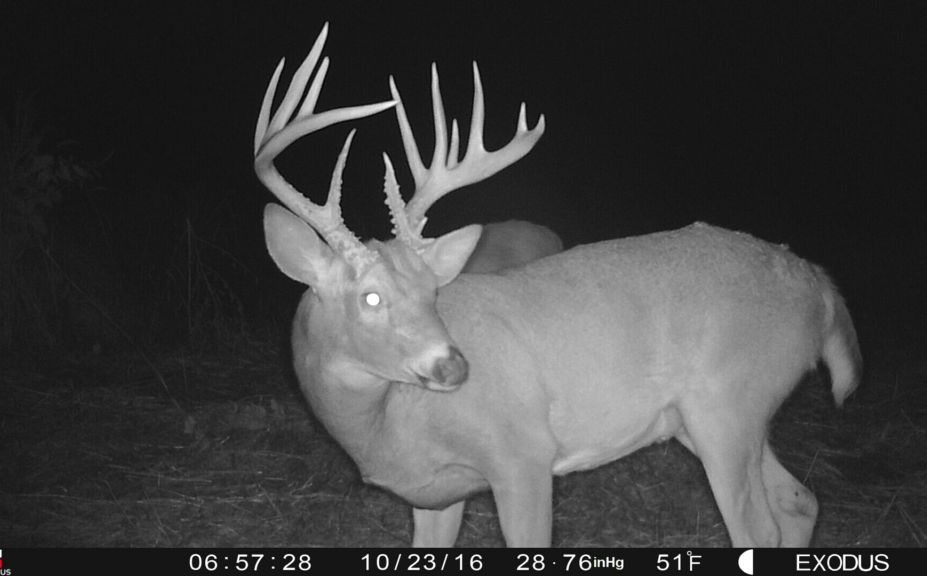
*Giants like this one grow not because they only move at night, but because their core, daytime home ranges are safe and stress-free. For more tips for consistently killing nocturnal bucks, make sure to check out why bucks are rarely nocturnal in, The Myth of Nocturnal Bucks.
However, before we dive into those 5 nocturnal-busting hunting tips, you must understand one of the most important mature buck hunting basics to live by: There is no such thing as a "nocturnal" buck! While bucks may appear to move only under the cover of darkness, it will greatly help you if you just accept that fact that mature bucks choose to bed during the daytime, where they don't find stress. Stress can include human stress, hunters stress or even stress from other deer, but, bottom line, a mature buck will not tolerate increased stress levels. If you hunt as if there is a mature buck sitting 200-300 yards away, that waits until midnight to move, you will have an incredibly tough time consistently killing mature bucks, with the exception of the peak of the rut! Only hunting the peak of the rut isn't a bad gig, but if you want to kill nocturnal bucks all season long, make sure to practice the following 5 rules to hunt by.
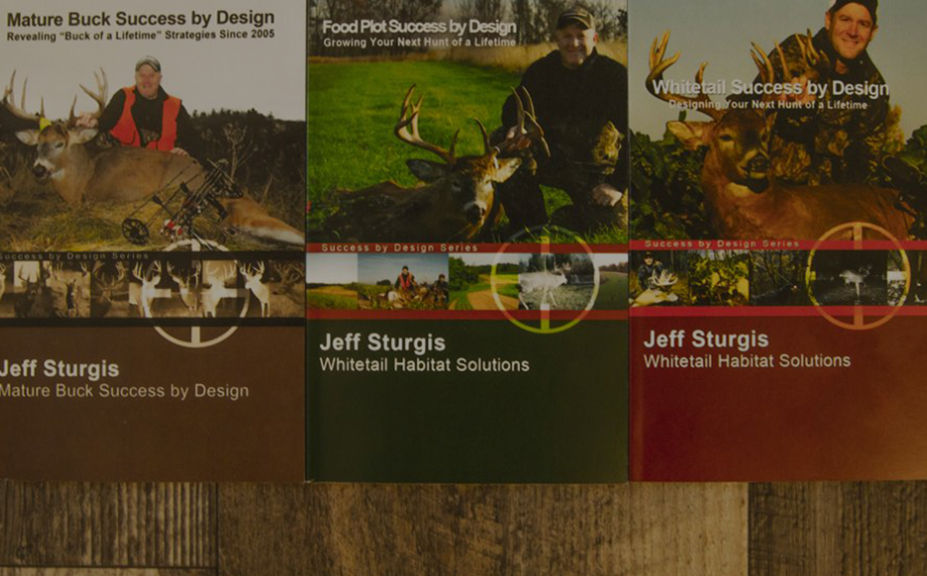
*If you love advanced whitetail hunting and habitat whitetail strategies, then you should greatly appreciate my Whitetails By Designbook series!
5 Rules For Killing Nocturnal Bucks
1. Hidden Food Plots (and other deer hotspots)
Are your food plots and other great habitat creations designed for you to pattern deer or for deer to pattern you? Hunters hunting food plots poorly, may be the #1 way that nocturnal bucks are created.
2. Exterior Hunting Access
Exterior hunting access doesn't mean that you necessarily have to follow your parcel borders, but it does mean that you have to allow as much contiguous land as possible, to be hunter-free and to truly become a sanctuary. A sanctuary is not a sanctuary, unless the deer inside can not see you, hear you or smell you. The % of acres on your land that should be avoided by your access (scent, sound and site) should be at least 50% on parcels 40 acres or less, and at least 60% or greater on parcels 80-120 acres or larger.
3. Hidden Stand and Blind Access
If you regularly spook deer while entering or exiting your stand locations, changes have to be made. One of the rules I hunt by is to ask one questions: "Would I climb into this stand or access into my blind locations in this manner, if deer could carry a weapon"? Each stand setup should allow you to use spook-free, nearly 100% of the time.
4. Defined Lines of Deer Movement
Accessing and climbing into deer stands without spooking deer is often impossible on highly improved lands, because random habitat improvements create random deer movements. By making sure that the dots of daily deer movement are connected on your land, you can be a lot more certain that you can hike to a location of ambush with a much lower probability that you will spook deer.
5. Quiet Is King!
If it snaps, zips, squeaks, clangs, bangs, motors, rips, creaks or groans...you simply can't use it if you want to consistently kill nocturnal bucks. A deer's ear isn't necessarily that much better than our own, but they are tuned into unnatural noises extremely well. I believe that many hunts are potentially destroyed, before a hunter even gets close to their treestand. I know personally I have spooked deer at 200 yards, just by accidently banging my release on the top of my quiver when I attempted to check my watch. It doesn't take much, and we all probably know someone we have hunted with that may be likely to spook deer within a 200 yard bubble while they access a stand.
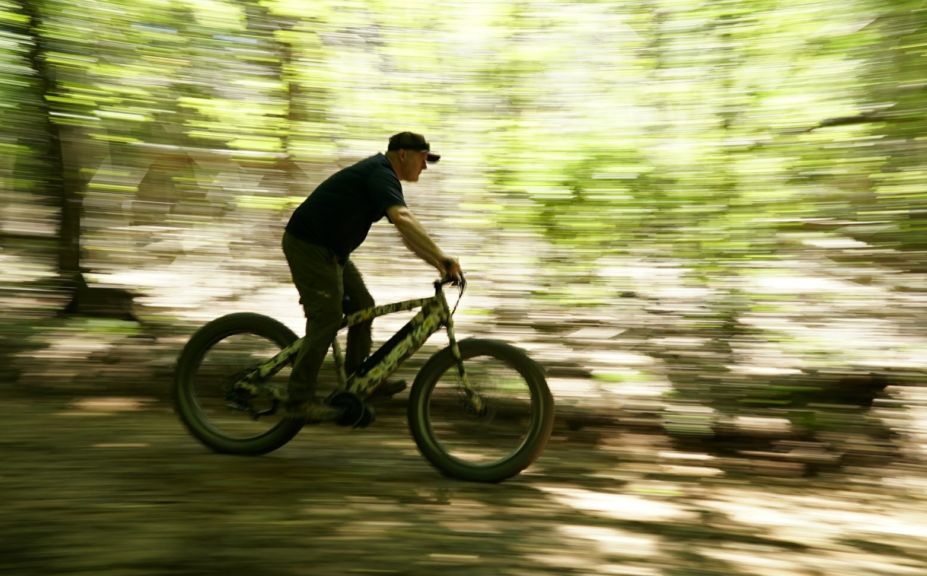
*My favorite form of "motorized" access, is with one of my FatKat Electric Bikes! Dead quiet and it rolls amazingly stealthy through crunchy leaves.
Nocturnal Bucks and Does?
In my experience, it takes a lot to make a doe family group completely leave a small parcel that includes great food and great bedding cover. I refer to does and fawns "the great deceivers", because they make you feel like everything is OK, when it really isn't. While does and fawns may adjust a short distance and even allow you to drive right by them on an ATV, a mature buck rarely if ever, sticks around. Instead, a mature buck is typically long gone at the first putt-putt-putt of an ATV or any other unnatural sound, and relocates by several hundred yards or more, instead of 100 yards or less.
Conclusion
What is the best way to kill a nocturnal buck? By not spooking him into the next county and making him nocturnal in the first place. Keep in mind a mature buck wants to enjoy a stress-free life, feeding lazily on quality food sources, bedding by himself in a remote corner of the habitat, and generally keeping to himself in happy seclusion. The more that you allow a mature buck to be lulled into a false sense of security and seclusion, the more you will experience the frequent daylight movements of bucks that otherwise, become nocturnal.
